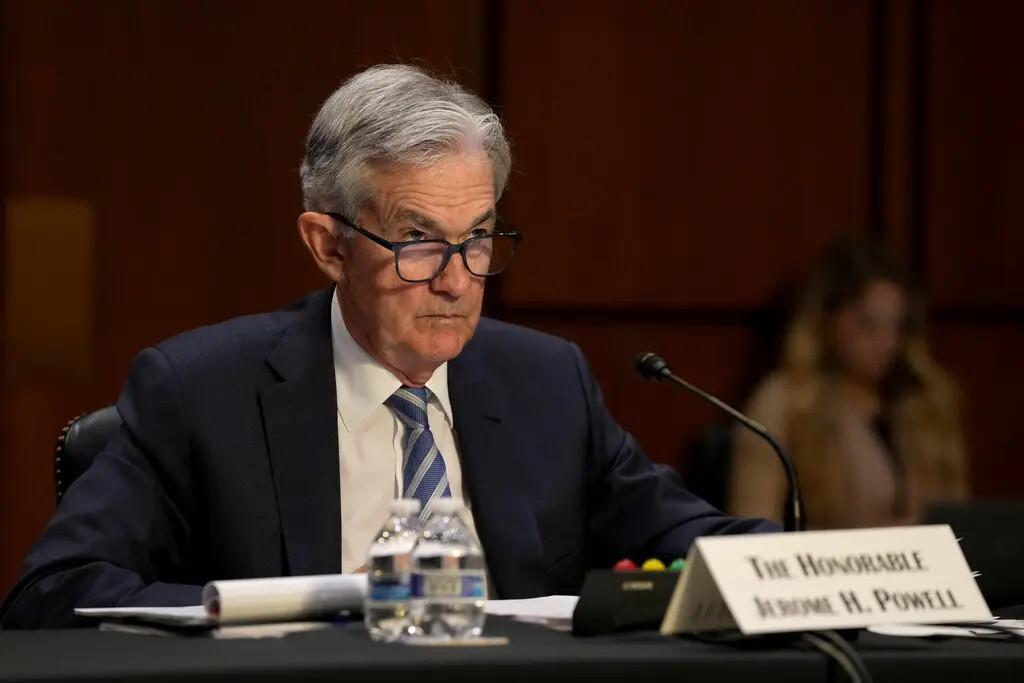Fed officials, spooked by data, fretted in June about inflation becoming entrenched

Federal Reserve officials made their biggest interest rate increase since 1994 at their June meeting, after incoming inflation data spooked them, minutes from the meeting showed, with policymakers expressing concern that stubbornly persistent price pressures posed a “significant risk” of becoming a more permanent feature of the economy if the central bank did not act decisively.
The Fed lifted its main policy interest rate by three-quarters of a percentage point last month as it tried to raise the cost of borrowing across the economy and slow down consumer and business demand. The move, which followed a half-point increase in May and a quarter-point increase in March, was a meaningful escalation in the central bank’s battle against rapid inflation.
Notes from the meeting, released Wednesday, shed light on what motivated officials to make such a big move — and what it could mean going forward. Policymakers had been unsettled by a re-acceleration in the Consumer Price Index inflation measure, which climbed by 8.6 percent in the year through May. And officials feared that if they did not take sufficient action, consumers and businesses might begin to expect fast price increases to last, and behave in ways that would make rapid inflation more permanent and even more difficult to quash.
A number of officials saw the consumer price measure “as solidifying the view that inflation would be more persistent than they had previously anticipated,” the minutes said.
Many central bankers “judged that a significant risk now facing the Committee was that elevated inflation could become entrenched if the public began to question the resolve of the Committee to adjust the stance of policy as warranted.”
Fed officials acknowledged that they would need to slow the economy and the labor market in their bid to lower rapid price increases, the minutes suggested, and in fact expressed a resolve to raise interest rates to a point where they would start to meaningfully weigh on economic growth.
Participants expected that it would be appropriate to raise rates at their next meeting, in July, by either one-half or three-quarters of a percentage point, agreeing that “the economic outlook warranted moving to a restrictive stance of policy,” and that “an even more restrictive stance could be appropriate if elevated inflation pressures were to persist.”
Investors, economists and households increasingly fear that the central bank’s policy adjustments will cause a recession. The minutes underscore that while central bankers want to be flexible and responsive to incoming data, the risk of setting off a downturn is probably not enough to dissuade them from taking aggressive action to wrestle inflation under control.
“Participants recognized that policy firming could slow the pace of economic growth for a time, but they saw the return of inflation to 2 percent as critical to achieving maximum employment on a sustained basis,” the minutes showed.
The Fed is working against a challenging global backdrop as supply chain issues tied to the pandemic and commodity price increases exacerbated by the war in Ukraine reverberate through economies. Inflation has popped across much of the world, and central bankers in Europe, the United Kingdom, Canada, Australia and parts of Asia are also raising or preparing to raise rates — often at the fastest pace in years — to try to restrain growth and bring prices back down.
While fuel prices have cooled this week in global markets as investors worry about an impending downturn, it is unclear whether that will last at a time when military developments in Eastern Europe could upend the outlook for energy prices at any moment.